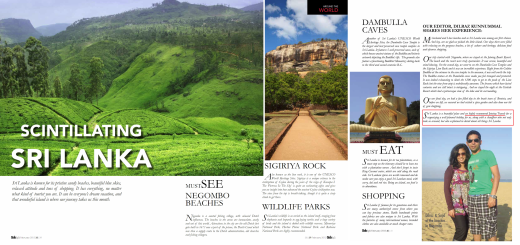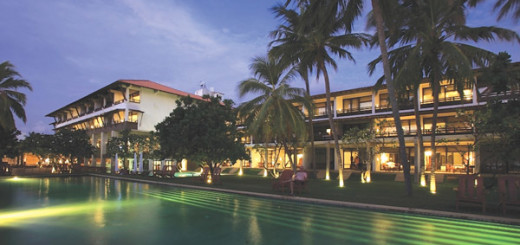Sri Lanka can become best for big game safaris outside Africa: Official
by Jetwing ·
By Zulfath Saheed
Sri Lanka can appeal to the tourist mass market if the island uses the ‘big five’ concept as a branding vehicle to build positive stories about the country’s wildlife, says a staunch supporter of ecotourism in the country.
“As a combo product we could argue we’re number one. It’s a huge story for tourism,” said Gehan de Silva Wijeyeratne, leading wildlife photographer/writer and former director at Jetwing Eco Holidays, a travel unit of the Jetwing Group.
He said that while Africa is considered the gold standard for big game safaris, Sri Lanka ranks high as a wildlife destination given the combination of species present and considered a top spot for some of the most sought after animals in the world.
Wijeyeratne advocates the marketing of a big five group of animals found in Sri Lanka comprising the blue whale, sperm whale, leopard, Asian elephant, and sloth bear.
Sri Lanka is said to have the highest annually recurring concentration of wild elephants in the world and considered the best place in the world to spot blue whales and sloth bears.
The criteria used to gauge whether an animal qualifies for the big five list include, physical size, desirability in terms of whether people would travel from other parts of the world to see it, the awe factor, strike rate, the host country being a top site for seeing the animal, and the likelihood of seeing the species in a single mainstream tour.
“You need a good strike rate in a strike zone,” said Wijeyeratne.
“With the blue whale we have an astonishing strike rate of 90 percent, for elephants it’s 100 percent”
Wijeyeratne added that several Indian photographers travelled to Sri Lanka to photograph leopards and sloth bear, demonstrating the country’s high ranking for both species.
He added that incorporating a big five concept into a mainstream tour would give Sri Lanka an edge over neighboring India.
“In isolation India probably has more charismatic species but they’re very difficult to see and don’t fit in the general price range for tourism,” he said.
“In the rest of Asia it’s very difficult to see animals.”
South Asian visitors to Sri Lanka were up 64.5 percent to 21,063 in March 2011 with India rising 58 percent to 12,613 maintaining its position as the top source of visitors to the country.
Source: http://www.lbr.lk/fullstory.php?nid=201105042146474006




